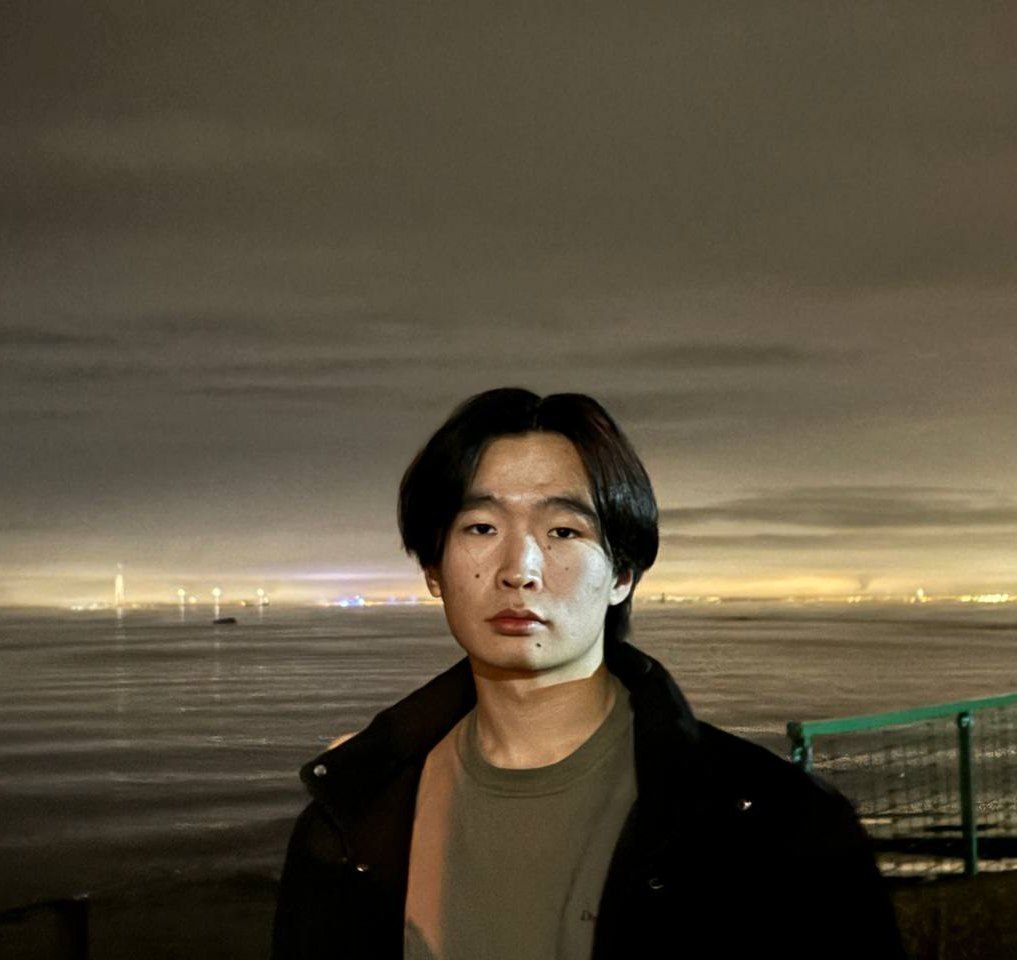Dictatorship in Ancient Rome
The modern reader is likely to perceive the term "dictatorship" as synonymous with "despotism" and "tyranny," recalling the notorious regimes of the 20th century. However, for the Romans, this term was associated with entirely different things. To learn about how the Romans perceived dictatorship, how it worked, and how it changed over time, read the article by historian Nikita Tsybikov.
11.07.2025

Nikita Tsybikov
Historian
HistoryReport a problem
Paid Content
Please sign in to view